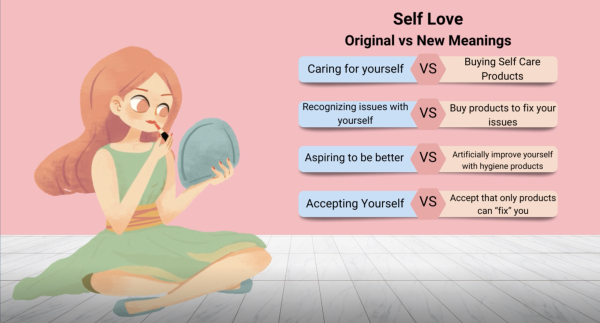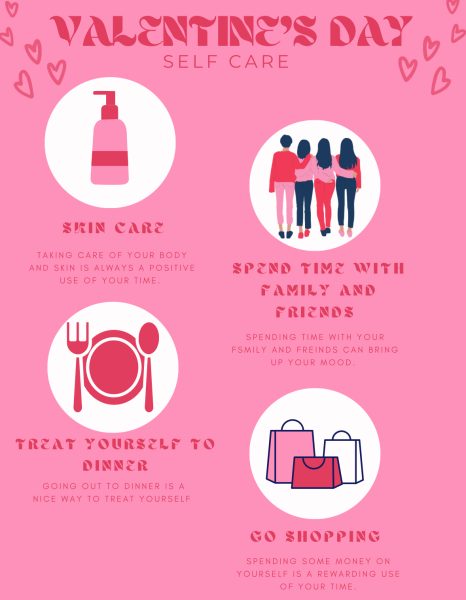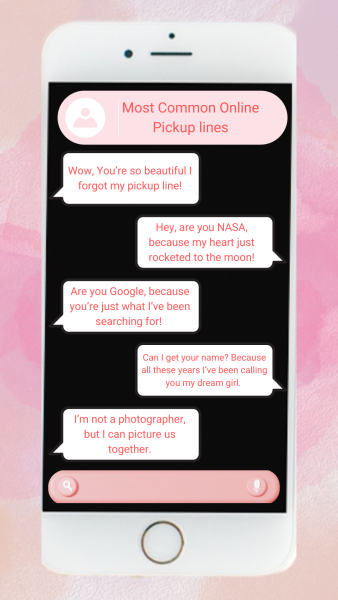Foundations for everyone
February 28, 2018
The beauty world is filled with color and options ranging from twenty different red lip shades, to the types of eyeliner tips to use. When you shop online or walk into any beauty store you can see hundreds of different eyeshadow pallets, textures, and applications. It’s easy to find the exact shade of brown for any eyebrow and all the shimmering rainbow highlights anyone could desire, but why does this all stop when it comes to foundations.
A lot of the times when I see foundations being advertised or pictures on the internet of swatches, it’s usually on fair skin tones. I also don’t see a lot of Black models being featured on frequent TV makeup advertisements. From my observations over the past few years I can see main stream brands for instance, the Tarte’s shape Tape foundation that has only three Black tones.
This leaves people on the darker end of the spectrum searching for colors that vaguely resembles their own, and women are going to independent cosmetics companies like Black Opal that have their skin shade.
I can understand this struggle because finding the right shade, texture, price, and coverage that fits you comfortably isn’t just a simple trip the store. I want to know why it’s such a challenge for these companies to make different shades, so I decided to dig a little bit deeper to find some answers, and what I found made me question cosmetic brands even more.
I read many online articles such as (How Makeup Works) by Molly Edmonds and healthcare websites like WbeMD, and New Beauty a website dedicated to makeup, to find my answers. They all said the same thing-that usually foundations are all made from the bases, water, oil, and wax. To make the pigments, iron oxide is used and powders like yellow, red, and black are mixed together to make the different shades.
If those few ingredients are used to create skin tones, then it shouldn’t be that hard for beauty companies to come out with more foundations. They are leaving out just as important shades as another light or fair skin colors. Also having a larger verity of options should be a given because it could get cosmetic companies more business sales.
For example, Rihanna came out with her Fenty beauty foundation and all over the U.S, women have been going crazy over it and it sold out within the first couple of days.
Rihanna was so successful because she made forty different shades. That’s more options than normal mainstream beauty brands like, Fit me, Wet n wild, Revlon, and L’Oréal. Another reason why I think she had a good run with her makeup is because she invested more of her foundation colors to darker skin, when other companies have limited choices.
For years makeup industries have been neglecting women of color and not seeing them mass consumer too. So, it wasn’t until Black is Beautiful, a movement in 1960s and 1970s did more makeup products pop up for darker women. This movement encouraged women to stop bleaching or lighten their skin color and embrace their natural skin pigment, hair, and culture. This led to a lot of black owned beauty companies being born like Maybelline, Lucky Heart, and Royal Crow.
Makeup is meant to be for everyone to wear and feel confident in. What these companies lack is unfortunate on their part because they’re missing out on selling their products to beautiful and smart people that have come so far in our history to make difference.




